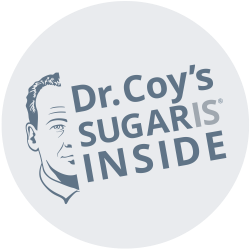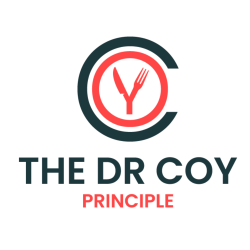The Dr Coy Principle
5 Basic Pillars
Dr Coy’s nutritional concept is based on five pillars which attack cancer cells through your body’s metabolism.

1.
Carbohydrate management with Dr Coy’s Sugars.
2.
2g of DHA & EPA and 10g of MCT fats daily.
3.
Sufficient quantities of secondary plant compounds, especially polyphenols.
4.
100mg of tocotrienols, specifically the bioactive vitamin E forms, daily.
5.
1.5g of lactate daily
Dr Coy’s Sugars work differently in the body.
By understanding how cancer cells use sugar, Dr. Coy realized that specific natural sugars, for example, galactose and mannose, promote a switch of energy metabolisms from the fermentation pathway to the combustion pathway.
Dr Coy’s Sugars are found in fruits, vegetables, and milk.
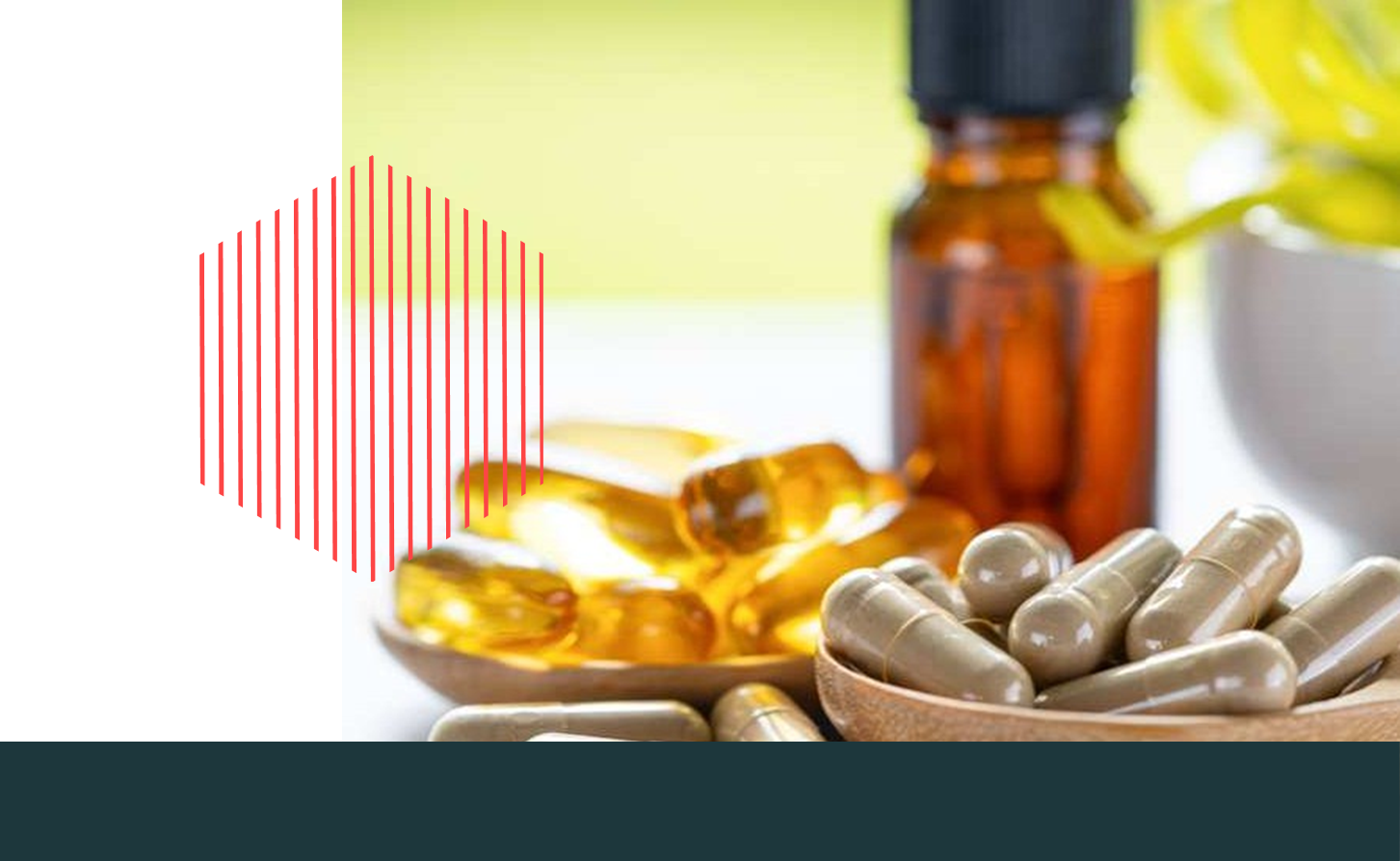
Therapeutic Principle
Dr Coy’s concept forces cancer cells to switch the way they release energy.
Instead of fermenting sugar to produce energy, cancer cells must burn sugar and other nutrients for energy.
Cancer cells use TKTL1 (the factory in charge of creating cells) and its sugar metabolism pathway to release energy without negative side effects and efficiently duplicate and spread.
Our body has two pathways for creating energy:
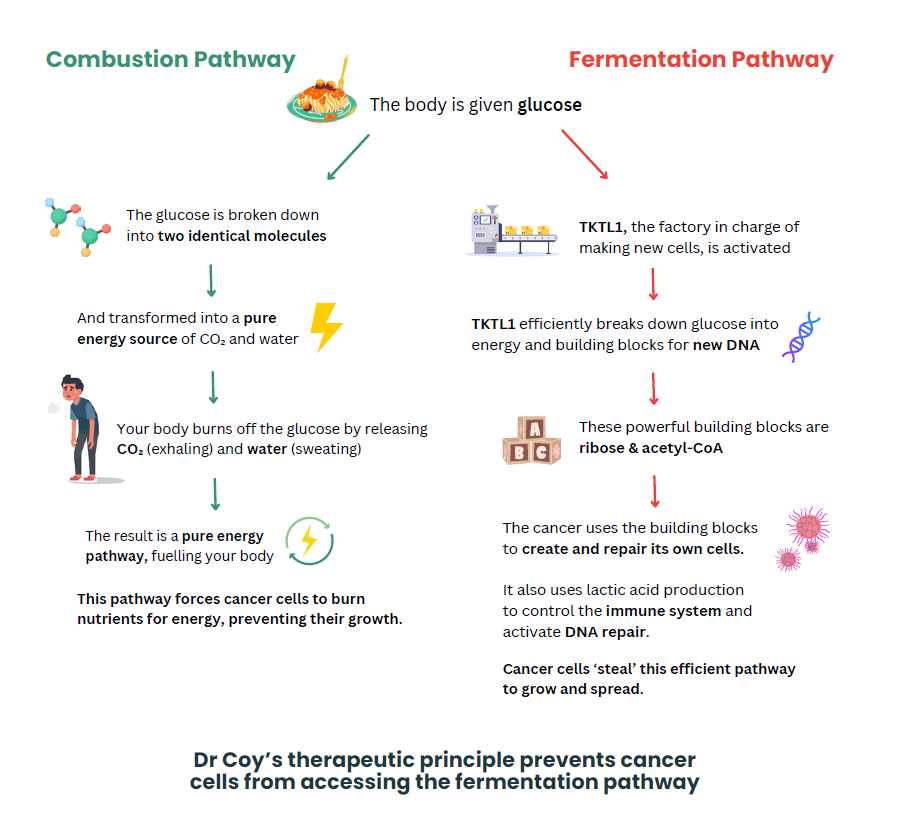
Switching Energy Metabolisms
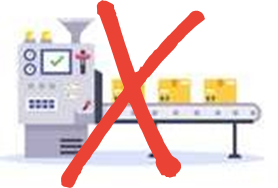
We have to turn off the TKTL1 factory by removing its fuel.
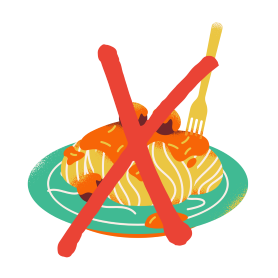
If we don’t give the body glucose, the TKTL1 factory cannot be activated.
Some of Dr Coy’s sugars, like galactose and mannose inhibit the fermentation pathway but activate the combustion pathway.
Similarly, tagatose cannot be used as a fuel by TKTL1, because it stays in the colon and is used as fuel for good bacteria.
Since TKTL1 cannot use galactose and mannose as fuel, they are not suitable for creating or repairing any new cancer cells.
Therefore, treatments like chemo- and radiotherapy, which are attacking and damaging the DNA of cancer cells, will become much more effective.
Unfortunately, by activating the TKTL1 metabolism, cancer cells develop the ability to repair the damage caused by chemotherapy and radiotherapy with the formation of the building blocks ribose and acetyl- CoA.
This reduces the effect of chemotherapy and radiotherapy and allows cancer cells to survive.
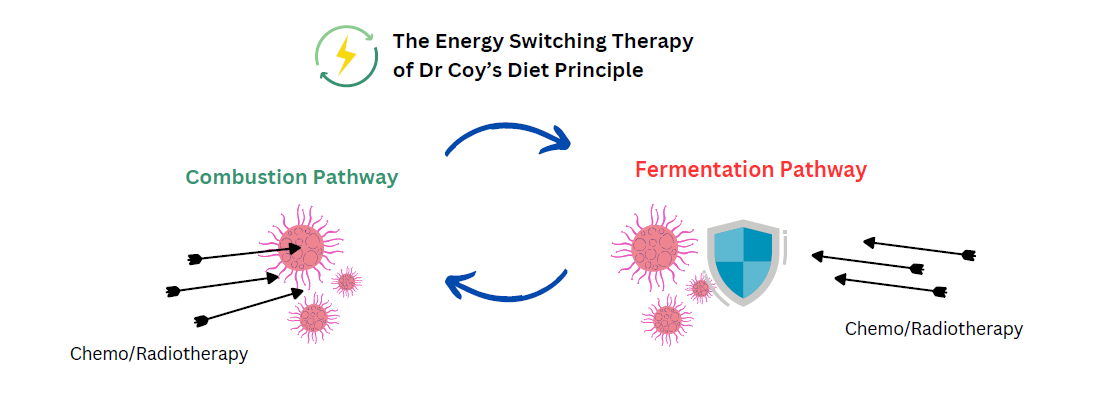
This therapeutic principle was confirmed in the prestigious scientific journal, Nature Reviews Cancer, April 2010:
- The reactivation of the normal metabolism of cancer cells caused chemotherapy and radiotherapy to have an effective impact again
- TKTL1 is of fundamental importance
- A variety of pharmacological inhibitors are being developed. In particular, the development of a selective therapy, which is non-toxic to healthy cells.
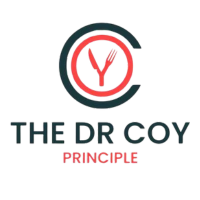
1. Carbohydrate Management with Dr Coy’s Sugars
1g of carbohydrates (which release glucose & fructose) per kg of body weight daily. Galactose, mannose and tagatose are exempt from this rule.
Classic sugars (releasing glucose & fructose) and starches (releasing glucose) provide the preferred fuel for fermenting cancer cells, especially the oxygen-deficient regions in tumours. By reducing this type of carbohydrate intake, you can restrict cancer cells’ growth.
Adding Dr Coy’s sugars, galactose and mannose, actively encourage the metabolic switch to the combustion pathway. Including tagatose provides the sweet, familiar taste of classic sugars, helps stabilise blood sugar levels, and promotes the growth of good bacteria in the colon.
This intelligent method of carbohydrate management prevents cancer cells from utilizing the fermentation pathway to repair, metastasize and suppress the immune system. Plus, healthy cells and brain cells are still able to obtain energy by the burning of fats and partially by the protein building blocks (ketogenic amino acids).
Follow Dr Coy’s Traffic Light Food List to help manage carbohydrate intake.
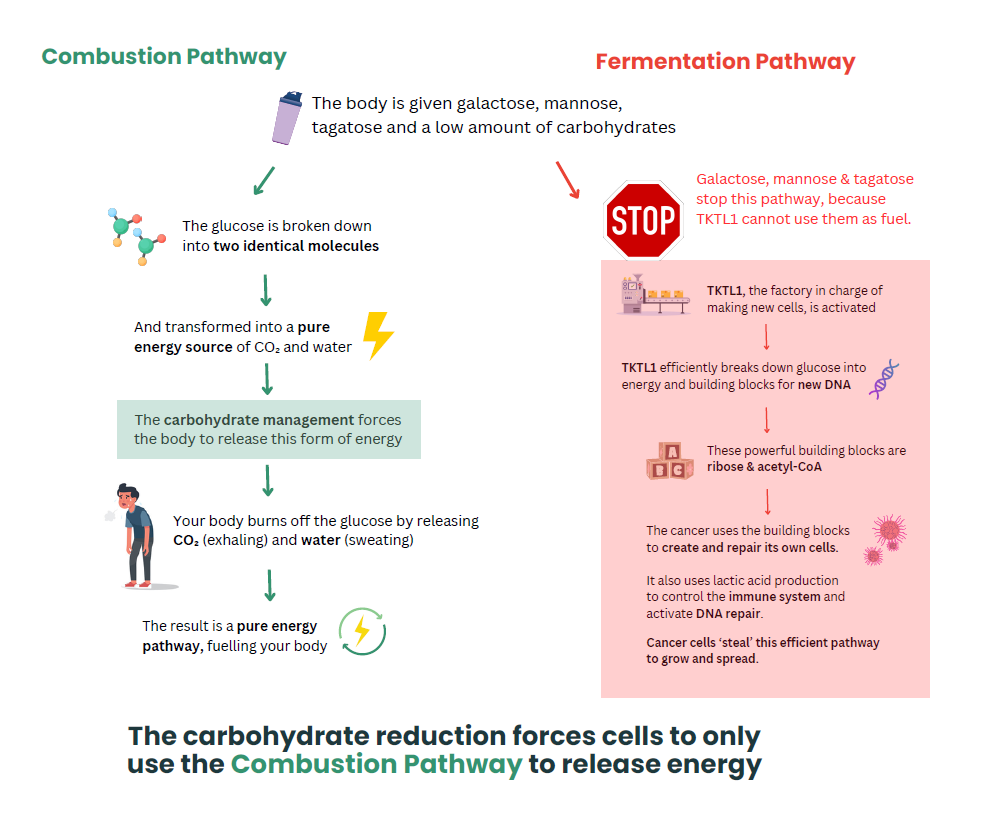
2. DHA & EPA & MCT oils
2g of DHA & EPA and 10g of MCT fats daily
DHA & EPA are essential fatty acids that are naturally found in high-fat fish, and high-quality oils such as linseed, hemp and walnut oil.
Fats with medium chain fatty acids (MCT), primarily contained in coconut oil, are converted into ketone bodies. In combination, they offer the body ideal energy sources for fat burning and optimise the combustion pathway in the mitochondria.
However, cancer cells cannot use them as a fuel source to grow invasively and metastasize.
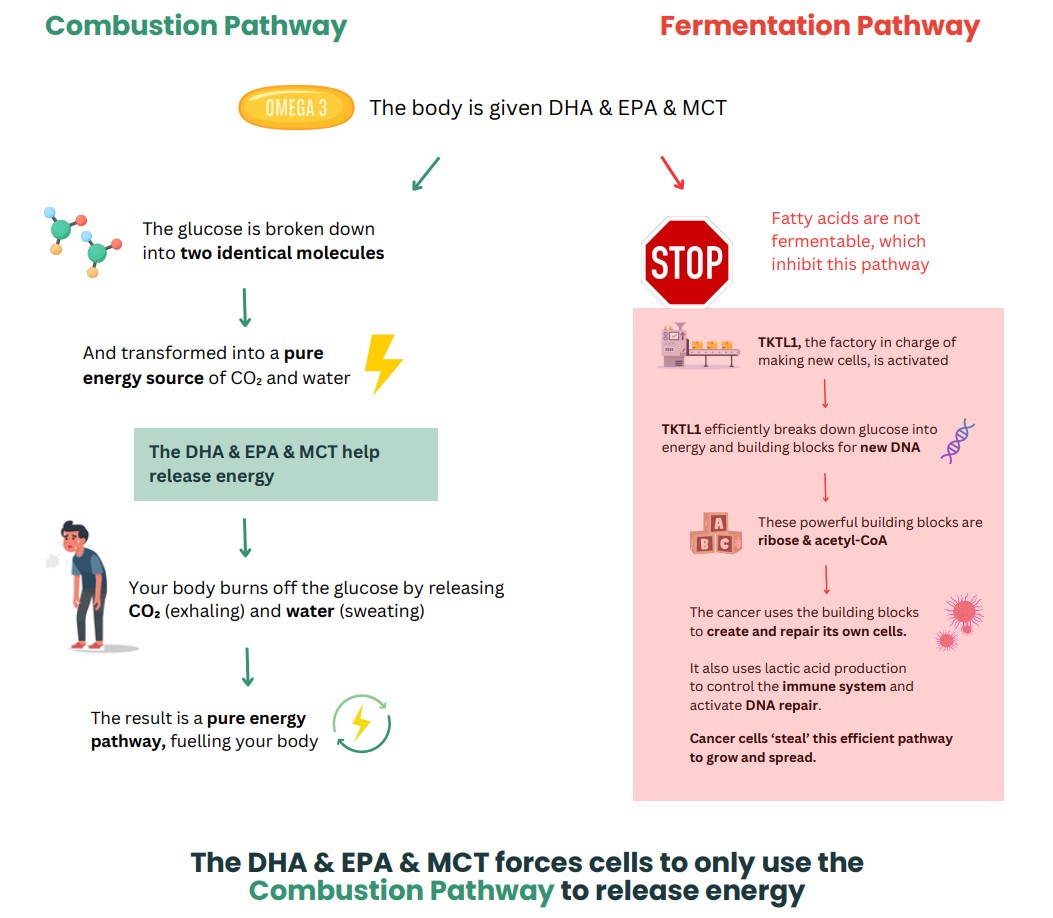
3. Secondary Plant Compounds
Sufficient quanitity.
Recent studies prove secondary phytochemicals to be cancer-inhibiting and cancer resistant. The most valuable group of polyphenols are naturally found in berries, vegetables and teas.
For example, glucosinolates are found in broccoli.
Secondary phytochemicals improve the mitochondrial function, and stabilise the energy generation through combustion, the pathway cancer cells don’t like.
Polyphenols (for example, quercetin) also help inhibit the fermentation pathway and promote fat burning.
The secondary plant compounds are an ingredient in Dr Coy’s Keto Drink, to offer sufficient quantities during therapy treatment days.
The vegetables found in the Green-Light Food List are also rich in these secondary plant compounds.
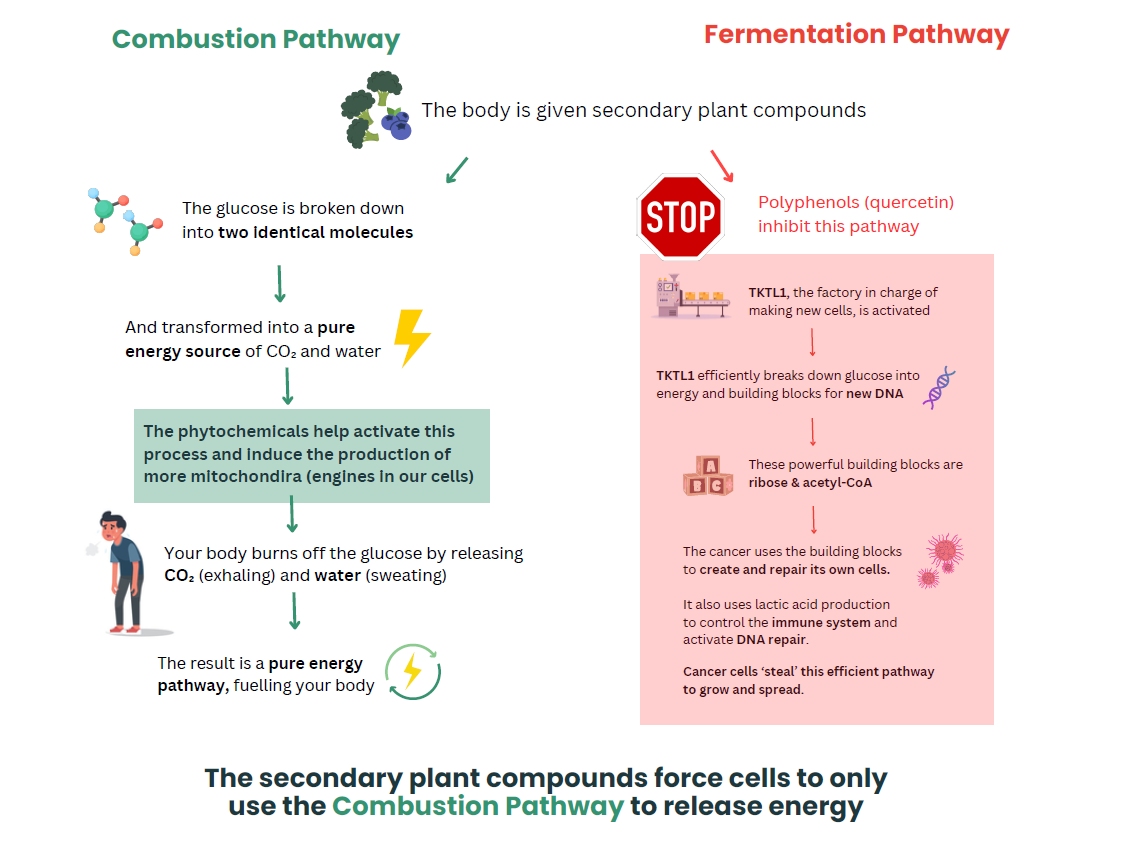
4. Tocotrienols
100mg, specifically the bioactive vitamin E forms, daily
Tocotrienols are special, unsaturated forms of Vitamin E that are found naturally in plants and fruits, especially palm fruit.
Researchers found tocotrienols inhibit one of the key factors in the fermentation metabolism, known as HIF1a (hypoxia-inducible factor).
HIF1a plays an important role in a cancer cell’s resistance to chemo/radiotherapy.
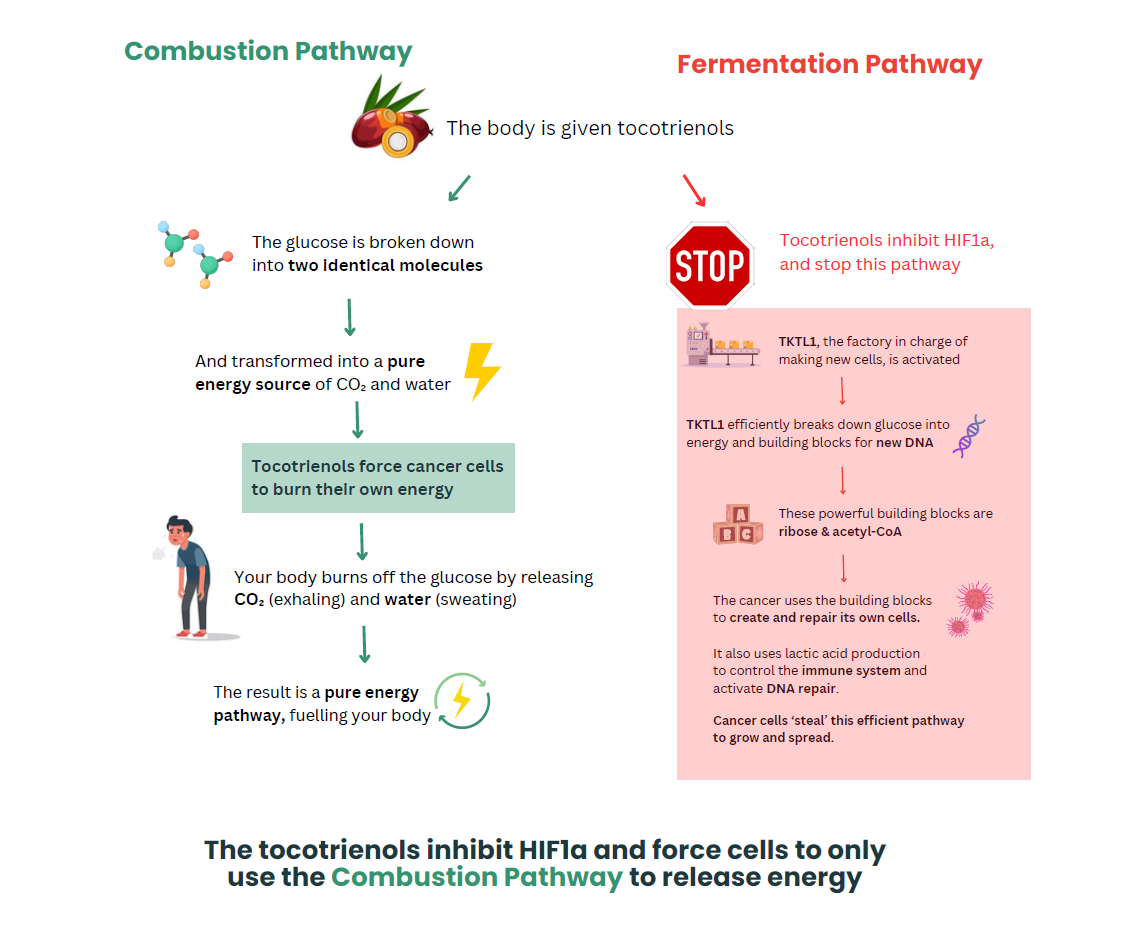
5. Lactate
1.5g daily
Fermenting cancer cells create large amounts of lactic acid to protect themselves.
They use the lactic acids to destroy the tissue surrounding the tumour (matrix degeneration) and facilitate the invasive spread of the cancer cells.
Furthermore, lactic acid suppresses the immune system, which promotes the growth of cancer cells.
By adding lactate to your diet, it is broken down in the liver to form bicarbonate – which acts as a buffer between the lactic acid and the tissue. Matrix degeneration is reduced, and metastasis is inhibited.
A recent study proves that cancer cells produce lactic acid to activate the repair of their damaged DNA. Therefore, it’s important to reduce the amount of lactic acid to enhance the effect of chemo and radiotherapies.

How to use
Treatment Protocol for Active Cancer Patients:
Two days before cancer therapy treatment:
- Create meals and snacks ONLY using ingredients from Dr Coy’s Green-Light Food List. You can eat these foods to your heart’s content and fill yourself up in a healthy way. Use them in recipes or eat them as snacks between meals.
- Supplement your meals with Dr Coy’s Keto Shake. You can consume 4-1O servings a day. We recommend slowly replacing meals at the beginning, to allow your body time to adjust. Gradually build up your Keto Drink intake: start with one portion a day for dinner, then add lunch, then breakfast.
- Enjoy 1 of Dr Coy’s Tagatose/Galactose Chocolates per day.
- Enjoy 1 of Dr Coy’s Tagatose/Galactose Cola Drinks per day.
Repeat this meal plan during the days you are receiving cancer therapy treatment and for two days post-treatment.
Consume the supporting supplements daily:

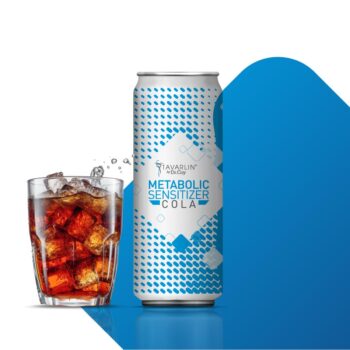
Non-treatment days
On the days outside of the two-day pre and post treatment window, you can follow this meal plan.
- Create meals and snacks using ingredients from Dr Coy’s Green-Light Food List. You can eat these foods to your heart’s content and fill yourself up in a healthy way. Use them in recipes or eat them as snacks between meals.
- Add ingredients from Dr Coy’s Yellow-Light Food List. Each of the very exact portions contain 5g of carbohydrates; an accurate digital kitchen scale is a terrific tool for measuring these foods, especially very small amounts. You can calculate your daily intake of carbohydrates with this simple formula:
- Consume 1 gram of carbohydrates per kilogram of body weight per day.
Sweeten your drinks and meals with a mixture of galactose, mannose and tagatose.
- Supplement your meals with Dr Coy’s Keto Shake. You can consume 4-1O servings a day. We recommend slowly replacing meals at the beginning, to allow your body time to adjust. Gradually build up your Keto Drink intake: start with one portion a day for dinner, then add lunch, then breakfast.
- Enjoy 1 of Dr Coy’s Tagatose/Galactose Chocolates per day.
- Enjoy 1 of Dr Coy’s Tagatose/Galactose Cola Drinks per day.
Consume the supporting supplements daily:
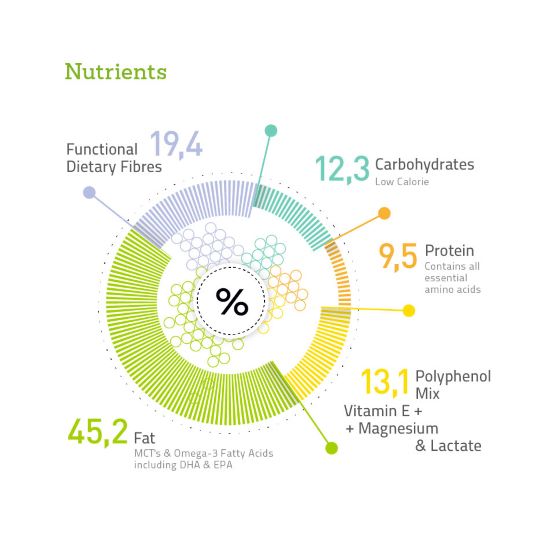
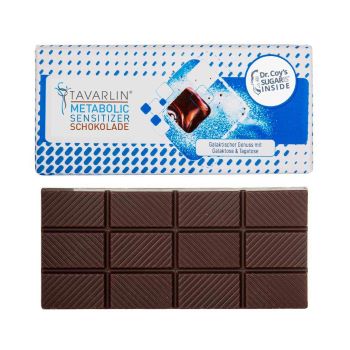
Literature
1. Xu X et al 2OO9: IntJ Cancer 2OO9, 124:133O -1337
2. Tennant DA et al 2O1O. Nature Reviews Cancer 2O1O, 1O: 267 – 277
3. Shibata A et al 2OO8: J Nutr. 2OO8, 138 (11): 2136- 2142
4. Sun W et al 2O1O; Clin Cancer Res. 2O1O, 16(3): 857 – 866
5. Qutub AA et al 2OO8: Molecular and Cellular Biology 2OO8, 28 (15): 51O6 – 5119
6. Otto C et al 2OO8: BMC Cancer 2OO8, 8:122
7. Seyfried TI et al 2OO5; Nutrition & Metabolism 2OO5, 2:3O
8. Dihal AA et al 2OO8, Proteomics 2OO8, 8:45 – 61
9. Walenta S et al 2OOO; Cancer Res 2OOO, 6O: 916 – 921
10. Knichwitz G 2OO5: Intensivmedizin up2date 2OO5, 1: 2O5 – 22O
11. Chen Y, Wu J, Zhai L, Zhang T, Yin H, Gao H, Zhao F, Wang Z, Yang X, Jin M, Huang B, Ding X, Li R, Yang J, He Y, Wang Q, Wang W, Kloeber JA, Li Y, Hao B, Zhang Y, Wang J, Tan M, Li K, Wang P, Lou Z, Yuan J. Metabolic regulation of homologous recombination repair by MRE11 lactylation. Cell. 2O24 Jan 18;187(2):294-311.e21.
12. Khodabakhshi A, Akbari ME, Mirzaei HR, Mehrad-Majd H, Kalamian M, Davoodi SH. Feasibility, Safety, and Beneficial Effects of MCT-Based Ketogenic Diet for Breast Cancer Treatment: A Randomized Controlled Trial Study. Nutr Cancer. 2O2O;72(4):627-634.
13. Schroeder U, Himpe B, Pries R, Vonthein R, Nitsch S, Wollenberg B. Decline of lactate in tumor tissue after ketogenic diet: in vivo microdialysis study in patients with head and neck cancer. Nutr Cancer. 2O13
14. Knopf P, Stowbur D, Hoffmann SHL, Hermann N, Maurer A, Bucher V, Poxleitner M, Tako B, Sonanini D, Krishnamachary B, Sinharay S, Fehrenbacher B, Gonzalez-Menendez I, Reckmann F, Bomze D, Flatz L, Kramer D, Schaller M, Forchhammer S, Bhujwalla ZM, Quintanilla-Martinez L, Schulze-Osthoff K, Pagel MD, Fransen MF, Röcken M, Martins AF, Pichler BJ, Ghoreschi K, Kneilling M. Acidosis-mediated increase in IFN-γ-induced PD-L1 expression on cancer cells as an immune escape mechanism in solid tumors. Mol Cancer. 2O23 Dec 15
